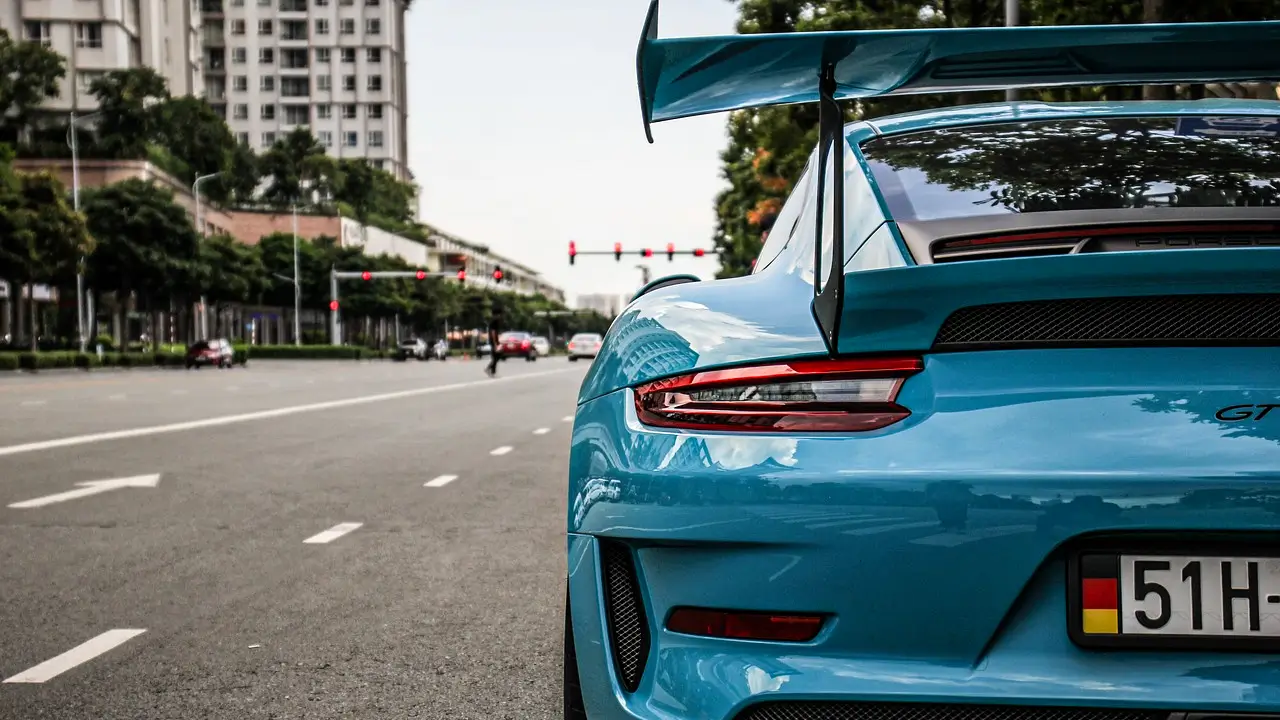Automotive care has been revolutionized by nanotechnology, which manipulates matter at the molecular or atomic level. Its use in automotive paint protection, in particular, has several advantages, including increased longevity, higher resistance to environmental influences, and enhanced aesthetics. Through the use of nanocoatings, automobile owners may preserve the cleaner, more vibrant look of their vehicles’ paint while shielding it from UV radiation, dirt, water, and scratches.
The Role of Nanotechnology in Car Paint Protection Explained in Simple Terms
Improved Resistance and Durability
Nanotechnology improves the durability of automotive paint, making it stronger. Compared to conventional paint coatings, nanotechnology offers a harder, harder surface because of their thin, molecularly linked layers. Because of their durability and protective qualities, materials like silica, titanium dioxide, and cerium oxide are frequently utilized in these nanocoatings. Water, dirt, and oils are kept from sticking to the car’s surface by these coatings, which produce an oleophobic (oil-repellent) and hydrophobic (water-repellent) surface. The paint is more resistant to deterioration due to its enhanced surface structure, which also helps to avoid cracks and scratches.
UV Protection
Over time, automotive paint may rust, fade, and lose sparkle due to UV radiation from the sun. UV-blocking shielding is one way that nanotechnology provides a solution. UV rays can’t harm paint because nanocoatings scatter and absorb them. This UV shield ensures that the car’s paint stays bright and unharmed for a longer amount of time. This UV protection greatly prolongs the paint’s life and lessens the need for touch-ups or repainting on cars that are frequently exposed to sunshine.
Self-cleaning and hydrophobic qualities
Additionally, nanotechnology improves automotive paint’s ability to clean itself. Nanocoatings make surfaces extremely hydrophobic, which makes water form beads that roll off the surface and remove dust, debris, and other impurities. This effect prolongs the car’s cleaner appearance and reduces the need for frequent cleaning. Inspired by the lotus leaf effect, which allows dirt and debris to easily glide off a smooth surface, many nanocoatings also have self-cleaning qualities. This reduces the need for harsh cleaning agents, which makes the procedure more economical and environmentally friendly.
Resistance to Abrasion and Scratching
By covering the tiny surface flaws, nanocoatings increase the paint’s durability to abrasions and scratches. The end effect is a more difficult, smoother finish that is resistant to normal wear and has little impact. This extra defense is particularly helpful against pollutants from the environment that can damage paint if left untreated, such as bird droppings, tree sap, and road salts. Nanotechnology keeps the car’s paint undamaged, preventing expensive repairs and preserving its flawless look.
Enhanced Aesthetic Appeal
Nanotechnology not only provides protection but also improves a vehicle’s aesthetic appeal. Nanocoatings produce a smooth, glossy finish that enhances the paint’s depth and shine, giving it a more polished and dynamic appearance. The coating’s reflective qualities also improve the car’s color, giving it a glossy, eye-catching look. Furthermore, the car’s exterior keeps its like-new quality over time, increasing its resale value, because the nanocoating stops fading, staining, and dullness.
In conclusion
Car paint protection has been completely transformed by nanotechnology, which provides a strong, long-lasting, and aesthetically pleasing solution to common environmental problems. Car owners may keep their vehicles cleaner and shiny while protecting them from UV rays, water, dirt, scratches, and abrasions by applying nanocoatings. Nanotechnology promises increasingly more sophisticated car maintenance solutions as it develops further, offering long-term advantages to the vehicle and its owner.
- Nearly 30% of UK Drivers Believe Car Tax Should Be Based on Mileage — Survey
- Why Planes and Boats Escaped the Luxury Tax But Cars Didn’t
- Australia’s Headlight Confusion: Authorities Warn Drivers After Viral $250 Headlight Rule Goes Wild Online
- 2025 Hyundai Venue Facelift Launched in India – Full Details, Variants, and Price
- Royal Enfield Bullet 650 Unveiled at EICMA 2025: A Classic Legend Returns
